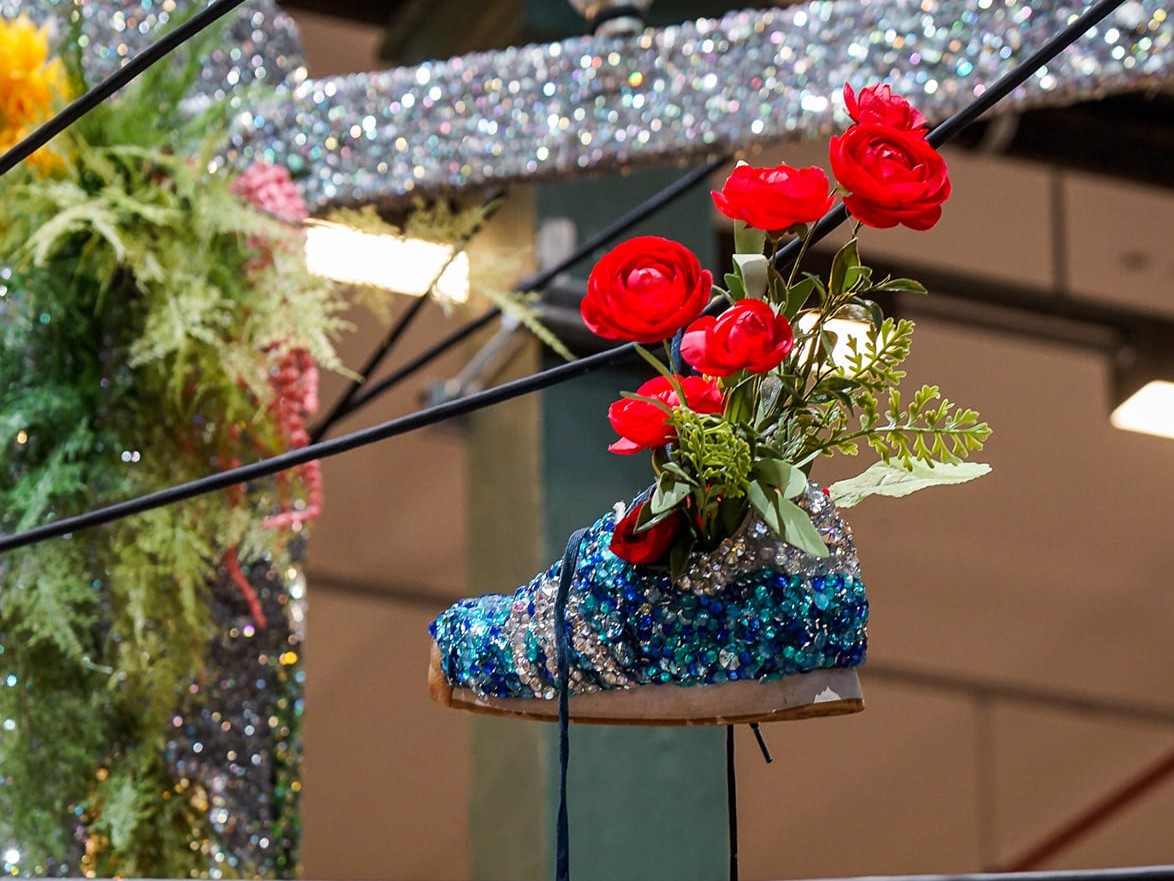
Art Basel Miami has once again blown us away with the diversity and depth at the top of today’s art world. Before the fair got underway, its director warned the New York Times that this year’s edition was so packed with art and events that, “If you don’t pay attention, you can miss the quality of the Miami show.”
It’s a quote that has stuck with me. In our recently released Creator Economy Report, we found that just 2.1% of visual artists and designers who post their work online earn income—any income at all—from doing so. And we weren’t surprised to discover that white artists were much more likely to end up in that lucky sliver of the population.
For centuries, of course, starving artists have lived and worked side-by-side with the prodigies of their generation. Polarization is not new in the art world, and few would argue that it’s anything like a meritocracy. But the sheer scale of today’s middle-class-free art world stands out. Art Basel’s own director sounds overwhelmed by the immense numbers of artists who, at least for one weekend, have “made it.” But, on the other end, over 5 million Americans showed their art online and less than 50,000 earned even a modest living from it.
What do we make of this? Is it even a bad thing? The aspirant-to-star ratio is surely no worse than in sports. Nearly every vacant patch of grass in this country is occupied by soccer-playing tykes on fall weekends, but no one seems concerned about our shortage of careers in professional athletics. Perhaps it is only natural that fields like sports and the arts should have a narrow upper echelon and a vast community of hobbyists, with nothing in between.
There is one important difference, however. While capitalism seems to do just fine providing all the sports we could ever watch and Title IX has vastly expanded opportunities for young people to play sports, fine arts has a major access problem. Even though nearly everyone agrees that arts education is vital, children of color are significantly less likely to take art classes. Gaps like this extend throughout our lives: Black people are more likely to want to go to art museums than whites, but less likely to be able to do so.
These inequalities, of course, run much deeper than the arts and are part of an American system that does all it can to protect the privileged while limiting the opportunities and choices of everyone else. But, for now, let’s focus on how we can expand access to the arts and carve out a middle class for artists because—believe it or not—for once there is a clear and significant step forward that we can take.
Across the world, promoting and funding cultural activities is considered a core function of governments. The United Kingdom (a country with about a fifth of the population of the US) spends over a billion dollars each year to support artists and enhance their culture. Here, the National Endowment for the Arts has a budget of just $167.5 million and, perhaps more tellingly, its budget just went up after a Republican plan to eliminate it backfired.
The last few centuries of art world polarization should be enough to convince us that capitalism alone won’t make art accessible. Just look at NFTs which were heralded, for a week or two, as saviors of the starving artist: the whole, failed concept worshiped at the altar of scarcity. No, if we want to give the five million aspiring American artists a chance to earn a living and enrich our lives, the first step is to multiply the NEA budget by 10, at the very least. And then—with their help—we can get to work on those big, systemic inequalities.
